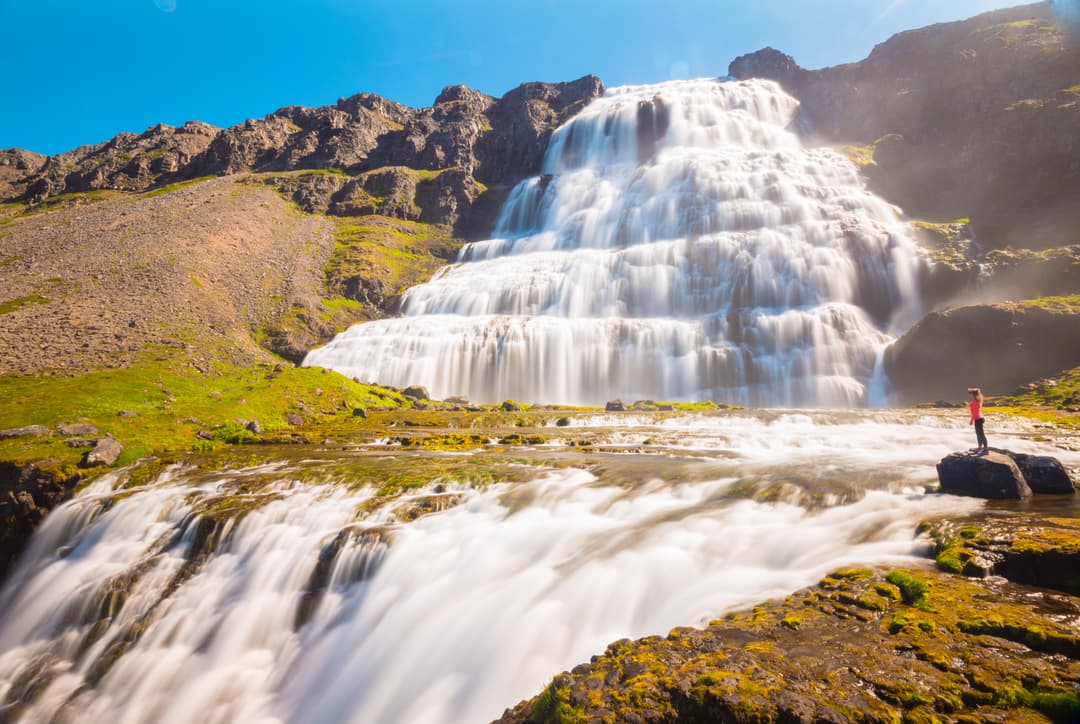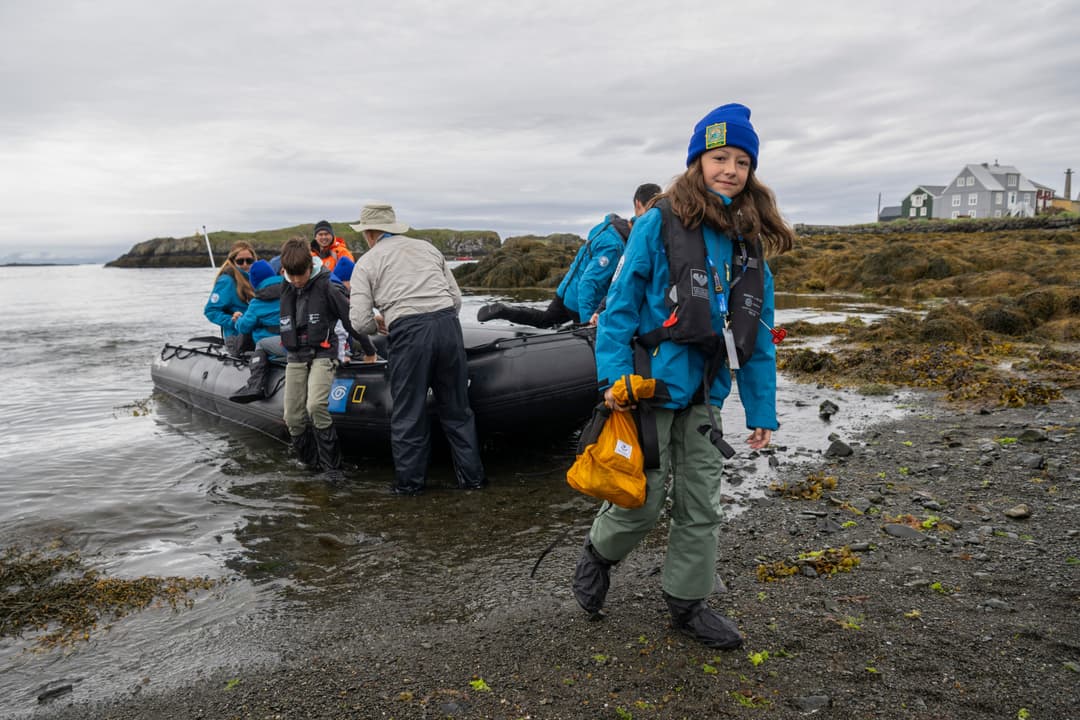Beyond the Blue Lagoon: 8 Uncommon Experiences to Have in Iceland
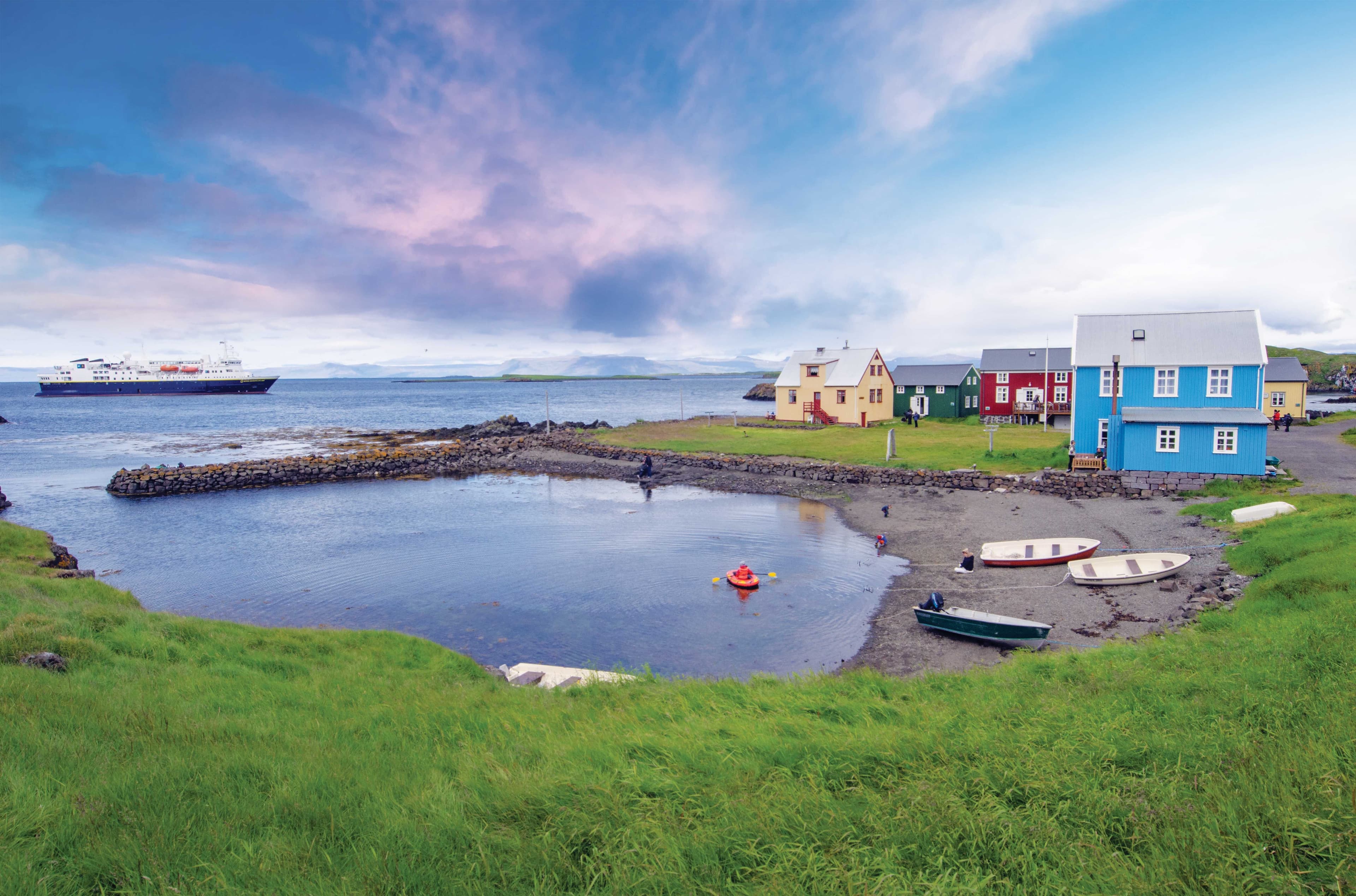
Travelers could easily fall in love with Iceland having seen only Reykjavík and the geological gems of the Golden Circle. But these are truly just the tip of the iceberg. Exploring Iceland on a small-ship expedition opens up an entirely new realm of possibility, taking you to far-flung, unspoiled corners of this enchanting subarctic isle. The centuries-old hamlets of ancient seafarers, hidden forests shrouded in lore, personality-packed puffin colonies, a resilient island community that was once engulfed in lava, and so much more will reveal just how much life thrives between the fire and ice.
Experience the Life of a Traditional Eiderdown Farmer
In the remote Westfjords, the tiny island of Vigur is both a seabird sanctuary and the epicenter of the centuries-long Icelandic tradition of eiderdown farming. Each summer, roughly 7,000 common eider breed on these rocky shores, lining their nests with luxuriously soft eiderdown. Once their ducklings are waddling about and it’s time to take to the seas, the eiderdown is collected, cleaned by hand, and exported to insulate duvets, jackets, arctic-grade sleeping bags, and even spacesuits! Come ashore and you’ll be welcomed by some of the farmers as they walk you through the harvesting process. Before you leave, be sure to stop by the smallest post office in Europe to mail a postcard and enjoy a slice of Hjónabandssæla, a delicious Icelandic rhubarb cake.
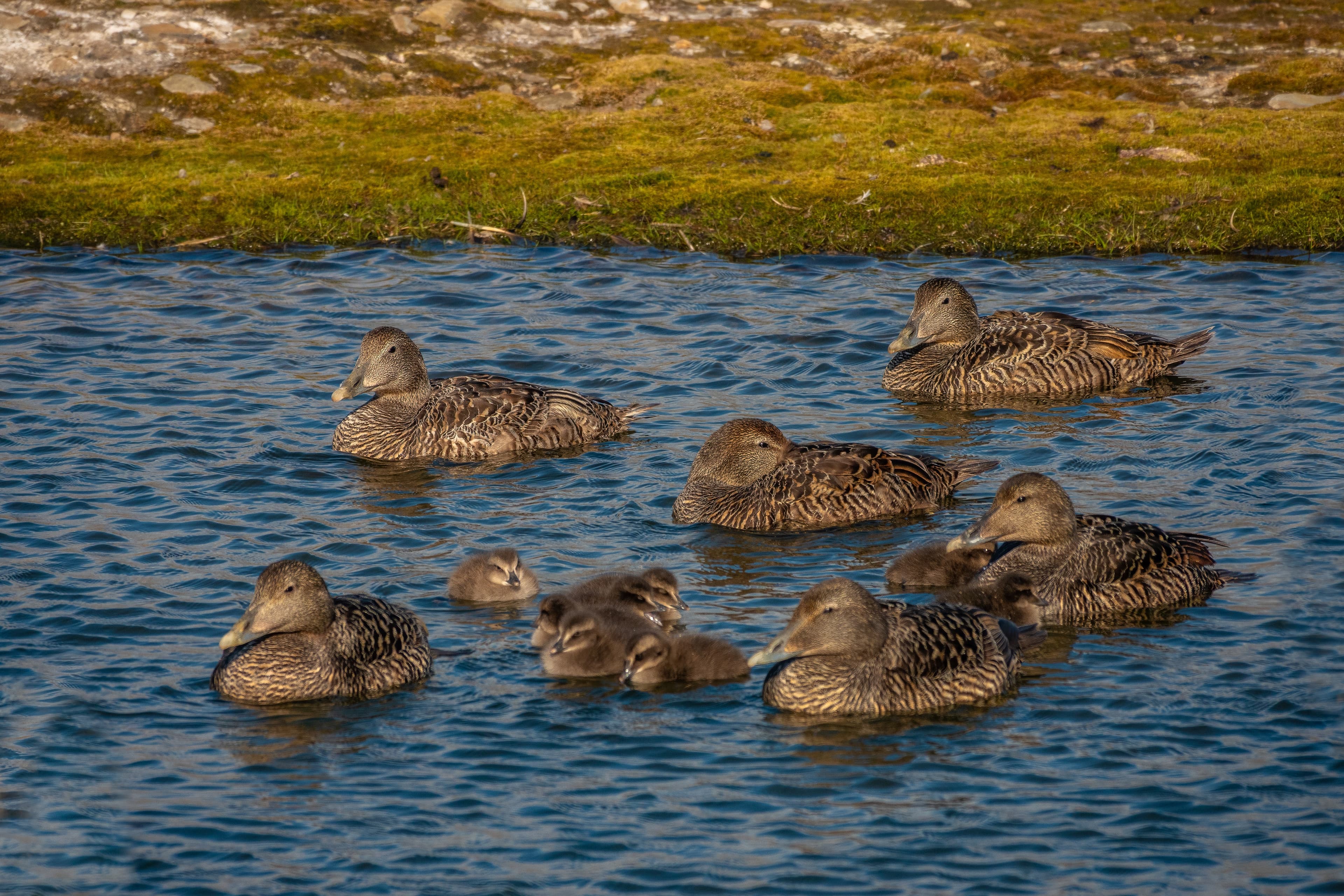
Get Up Close and Personal with Whales in Húsavík
Situated on Skjálfandi Bay on the northeastern coast, the town of Húsavík is known as Iceland's whale-watching capital. Lucky travelers have the chance to encounter one or more of the 23 species of whales found in the nation’s icy waters, including harbor porpoises (the smallest whale), behemoth blue whales, humpbacks, and minkes. On shore, visit the Húsavík Whale Museum—one of few museums in the world dedicated solely to cetaceans and their captivating nature. Walk among 11 whale skeletons which are on display, including an 80-foot female blue whale that beached in Northern Iceland in 2010.
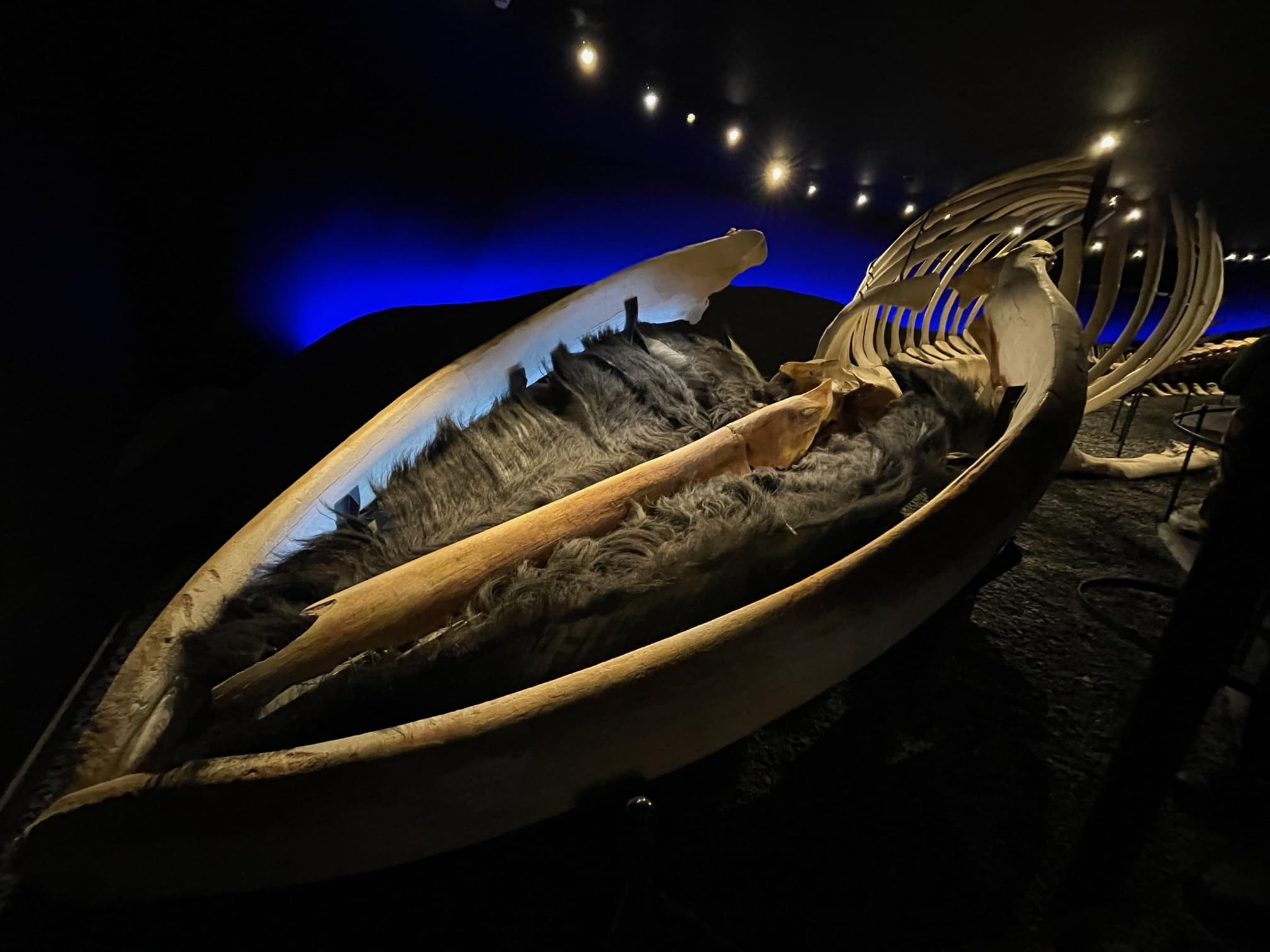
Wander a Canyon Steeped in Saga
Just east of Húsavík, Ásbyrgi Canyon is a horseshoe-shaped depression where 300-foot cliffs surround a secluded woodland of birch, willow, and mountain ash. The view is magical, and fittingly so, as Norse legend tells that Sleipnir—Odin’s eight-legged steed—left a massive hoofprint here when galloping across the sky. Other myths name Ásbyrgi as the capital of Iceland’s “hidden people,” the Huldufólk. Stay alert while exploring the glacial river banks and you may glimpse another elusive being: the arctic fox.
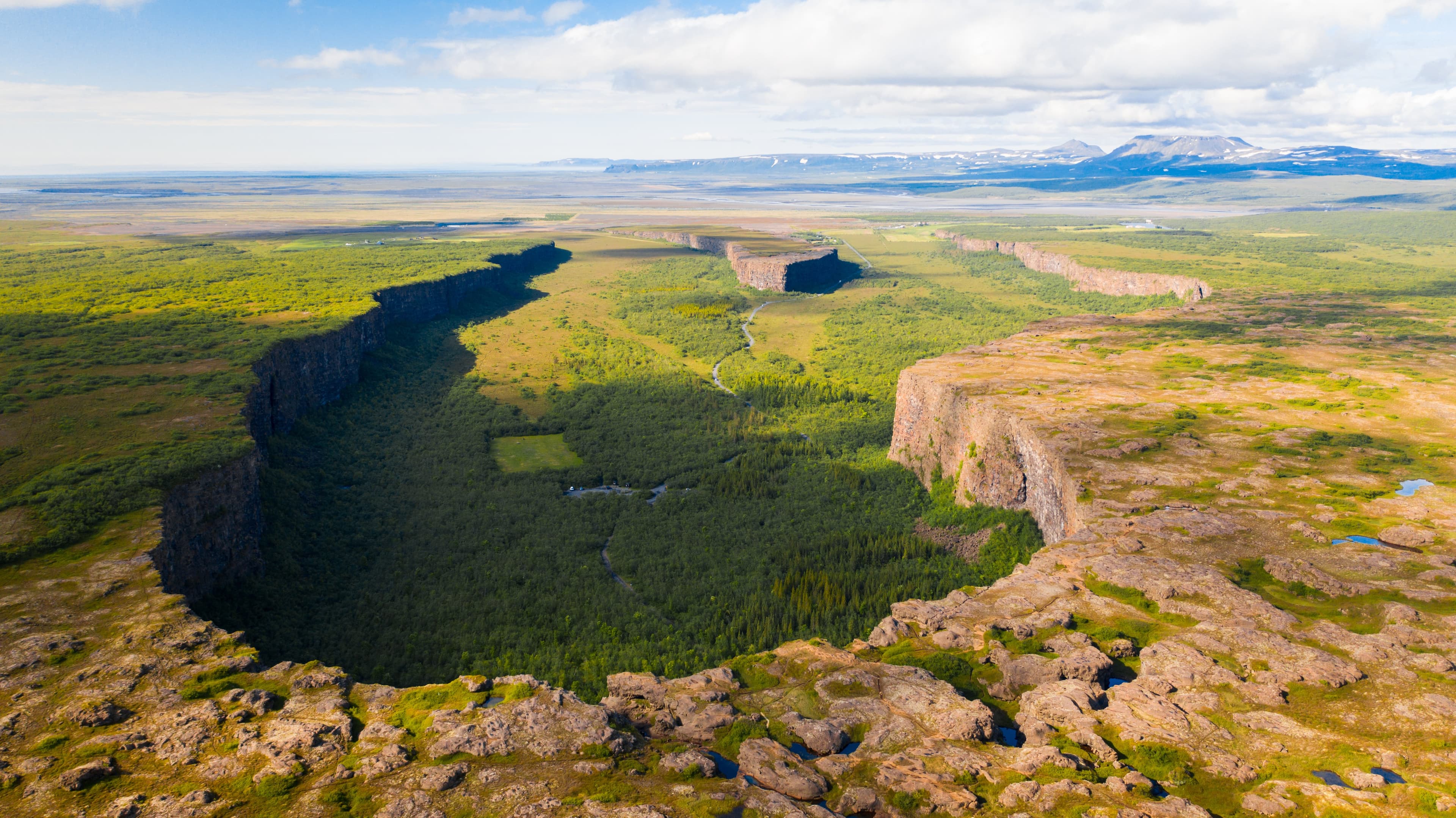
Make an Official Crossing of the Arctic Circle
On Grímsey, a remote and tiny island surrounded by the vast Arctic Ocean, you can take a photo with an artistic Arctic Circle marker, a sculpture called “Orbus et Globus.” This seven-ton concrete sphere is moved each year to align with the ever-shifting edge of the Arctic Circle. Between April and August, the island thrums with breeding birdlife—arctic terns, fulmars, and approximately 80,000 pairs of puffins. These “parrots of the sea” are a delight to observe courting, fishing, and eventually, raising their adorably fluffy pufflings.
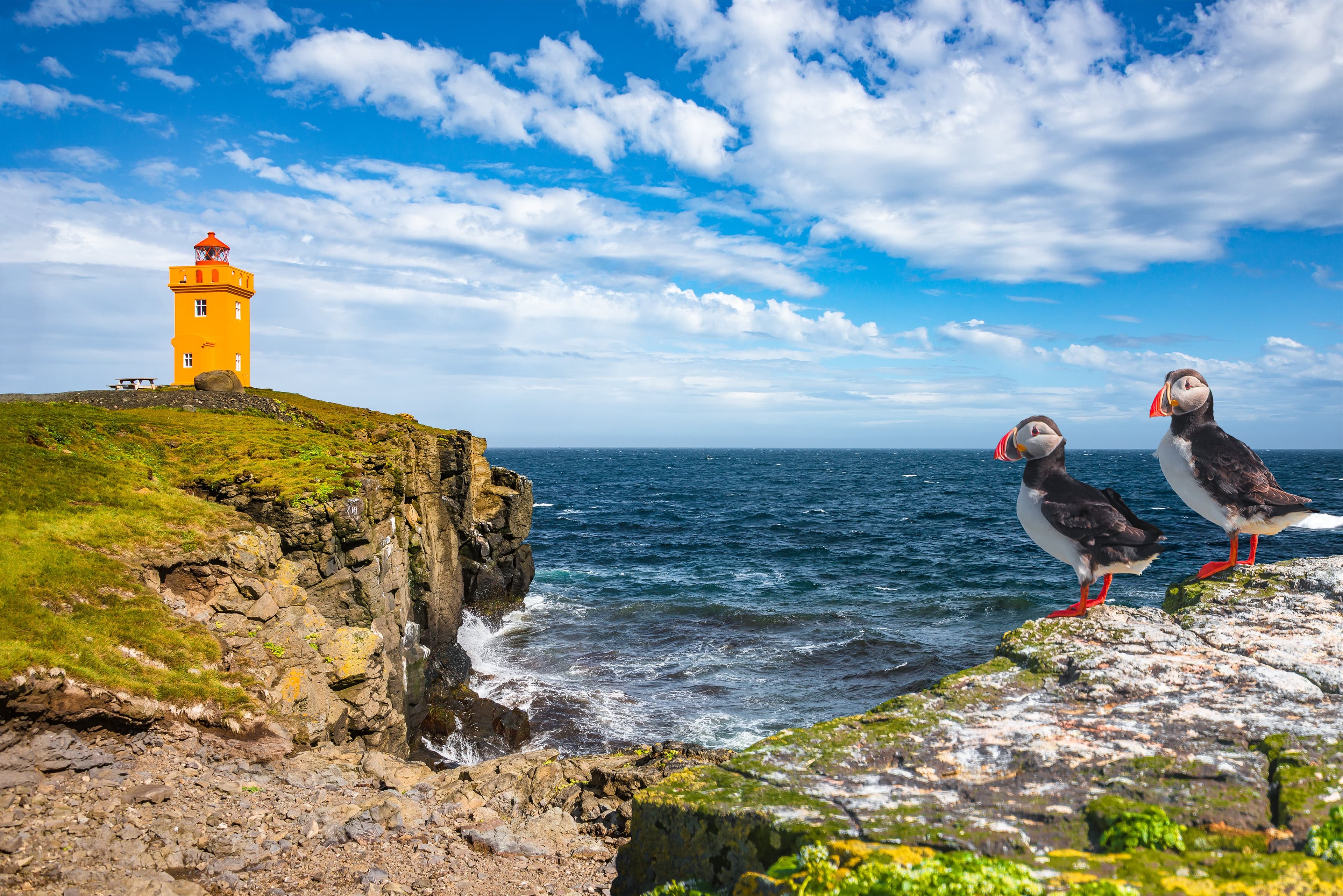
Hike a Crater Where the Earth is Still Hot
Heimaey, the largest of the Vestmannaeyar islands, has quite literally risen from the ashes of its infamous 1973 eruption. Now, hiking Eldfell crater, trails wind through moss-laden lava fields. You’ll pass memorials to the streets buried underfoot and “Pompeii of the North,” where a section of houses have been excavated for visitors to comprehend the impact of nature’s fury. At the end of the ridge, small pockets of steam still rise from below—a welcome warm-up on chilly days.
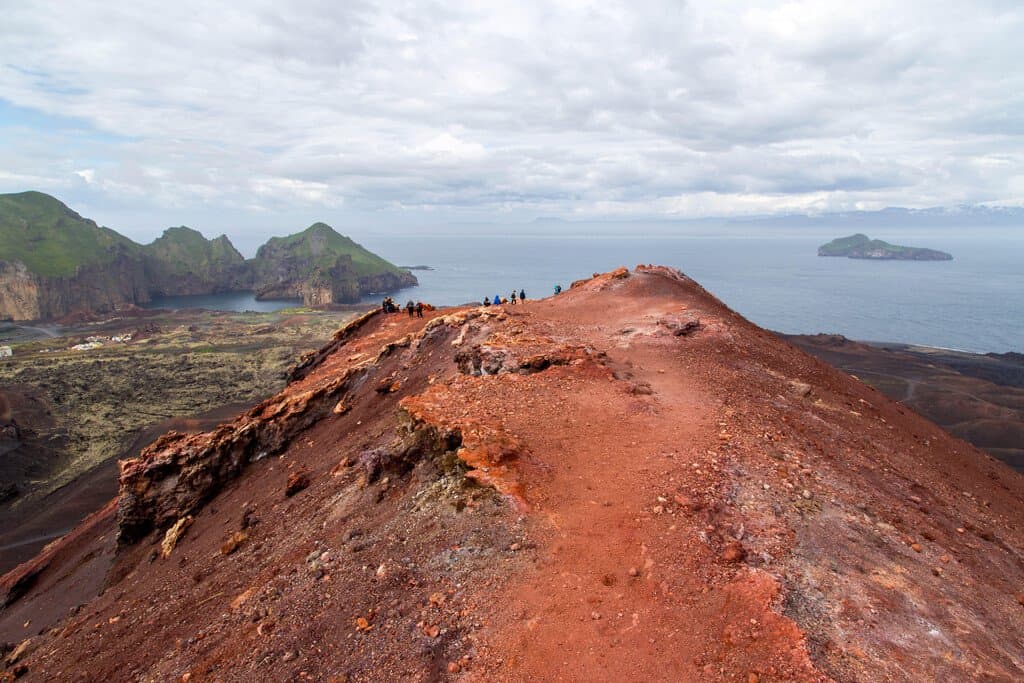
Dive Deep into Maritime History at the Herring Era Museum
Siglufjördur, the northernmost community in Iceland, was the heartbeat of a thriving herring industry until the early 1970s, when the shoals of herring simply stopped returning to these particular shallows to spawn. At this charming museum, reenactments offer a glimpse into the long days “Herring Girls” spent cleaning and packing the salted “silver darlings” into wooden barrels. At day’s end, the dock is transformed into a dance floor, complete with accordion-accompanied traditional songs.
Photo: Barbara Vasquez
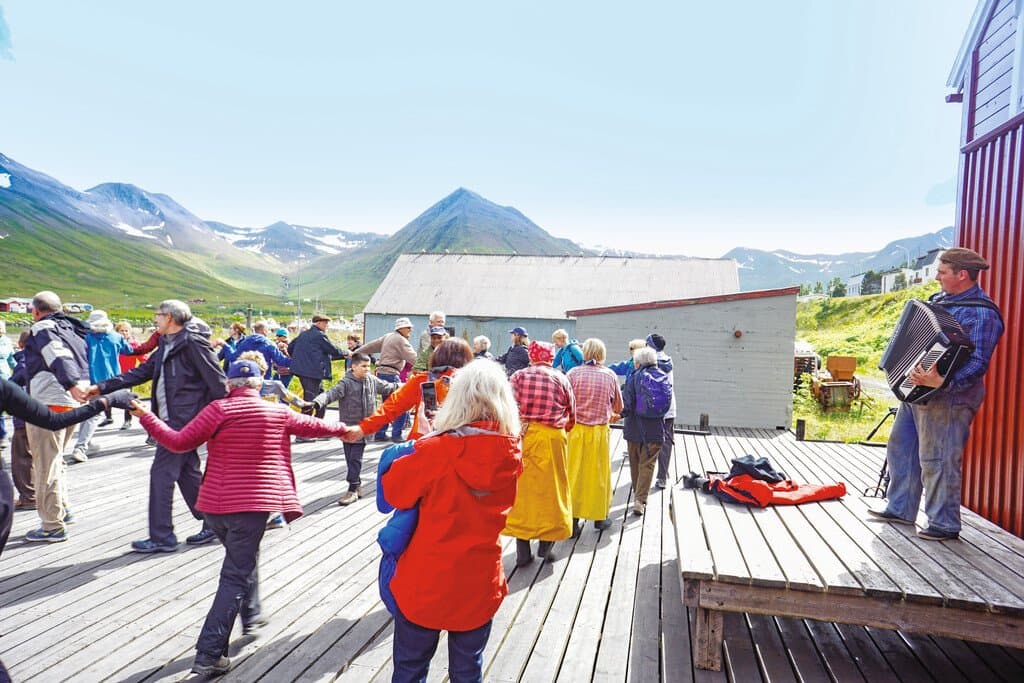
Witness Iceland’s Rewilding in Local Woodlands
Iceland wasn’t always the stark and barren landscape we’ve all come to know; birch forest once covered 25-40 percent of the land. The agriculture of ninth-century settlers led to deforestation and serious soil erosion—neither ideal for a place prone to strong winds. Learn how communities are hard at work reforesting their regions with native species, and a delicate balance of invasive species like the very photogenic blue-flowered lupine, which is adept at restoring nitrogen levels in soil.
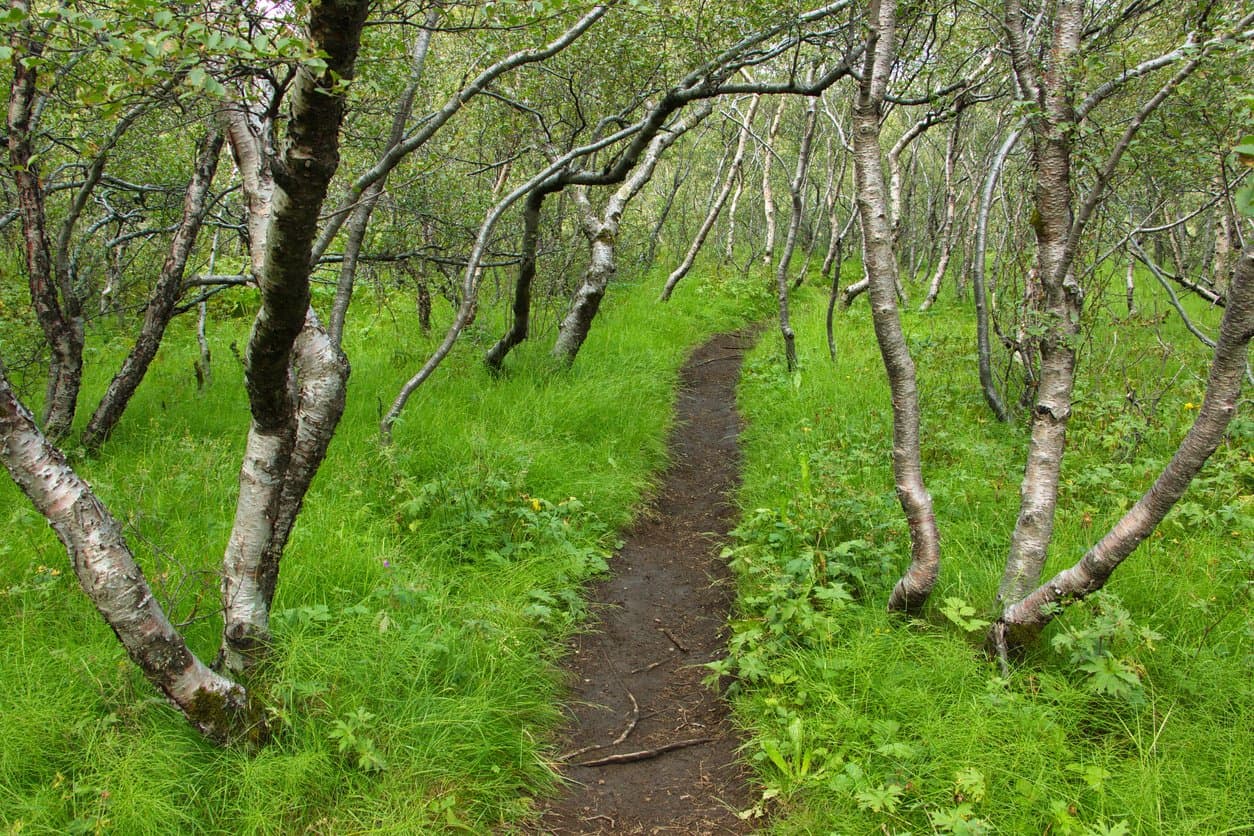
Rewind to Simpler Times in Skagafjörður
This cultural center in North Iceland treats visitors to a rich history of Saga, horsemanship, and agriculture as well as a chance for some active adventures. Nestled in bucolic hills of rolling green, Glaumbær Folk Museum both preserves and recreates 18th- and 19th-century farm life as you wander through the hobbit-like, turf-roofed buildings. According to the Sagas, the land has been inhabited since the 11th century by the likes of some of Iceland’s most intrepid explorers. If you’re feeling similarly daring, opt for a float trip down a glacier river or venture onto the top of a puffin-filled island. Later, pay tribute to the statue of Guðríður Þorbjarnardóttir, one of the most well-traveled women of her time.
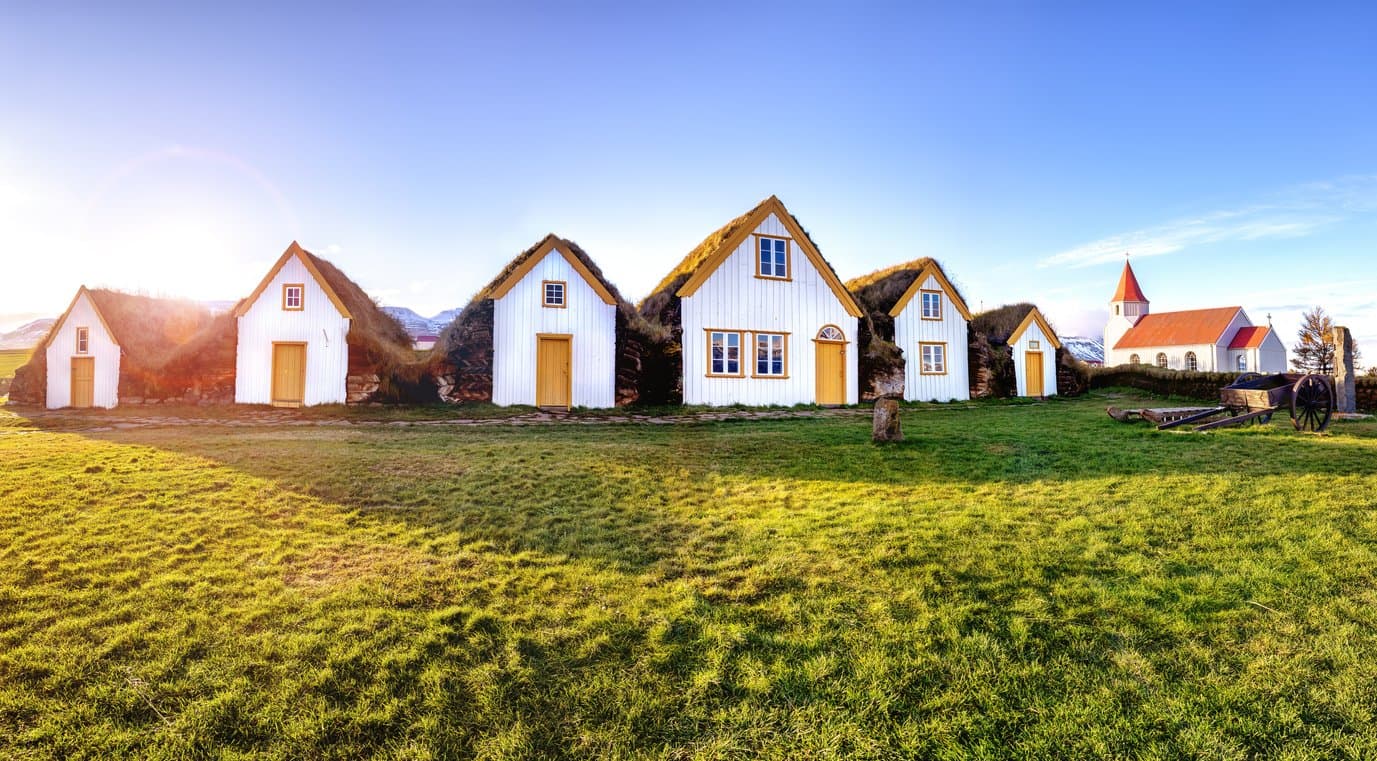
Main image: The National Geographic Explorer anchors off of Flatey Island, Rich Reid
